ONE OF THE POSTS
URL Slug Best Practices for Your Website
What is a URL slug? How to create page URLs that convert and help the site to rank higher? What is the best URL for SEO optimization? Specialists from theSEObar will provide all the answers in today’s post devoted to URL SEO and URL slug best practices.
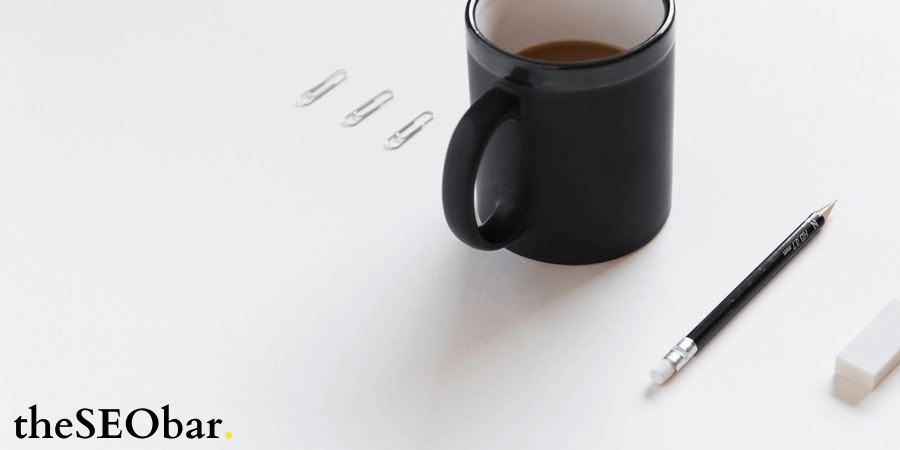
📚 SEO URL Slug Best Practices
Modern engines for website building have a diversity of plugins and add-ons that aim to help business owners improve the URL slugs on their pages. Nevertheless, plenty of questions still appear in site moderators and admins' minds regarding SEO optimization and URL slug best practices in particular. Therefore, our SEOs have prepared a simple and no-nonsense Google search engine optimization guide to URL SEO. But let's go through this step by step.
What is a URL Slug?
URL slug is an essential part of the page URL that describes page content and helps users and search engines guess better what the page is about. URL slug, together with other SEO essentials, is used to improve page authority and boost its organic positions in SERPs (search engine results pages).
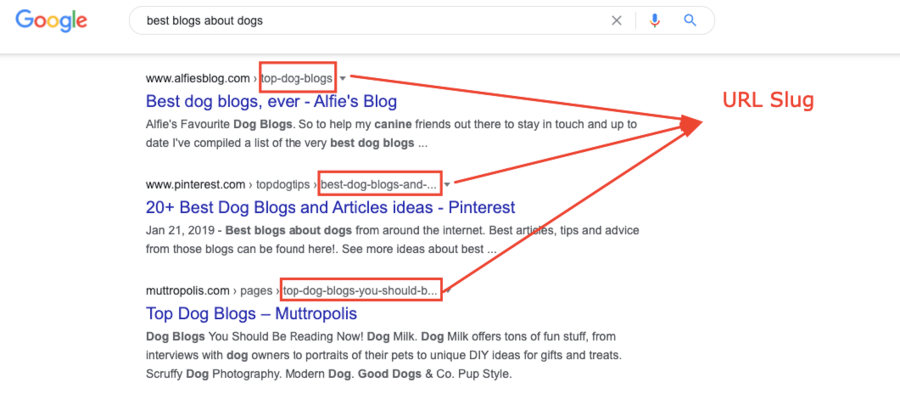
As you can see from the URL slug definition, there is nothing sophisticated in this term, and an accurate, unique URL slug is fundamental for every website page.
In this post, we will indeed run through all the URL slug best practices. But first, it is essential to explain some fundamentals.
Why are Slugs Important for SEO?
URL slugs are essential for SEO because they increase your chances of ranking higher in search results and enhance your business website with user-friendly URLs.
Moreover, URL lengths, URL path, a target keyword in the URL, and the URL string are essential Google ranking factors that can improve your page authority or make all your efforts in vain.
All elements mentioned above and URL slug best practices belong to comprehensive URL optimization tactics and are necessary for polishing your website with search engine optimization.
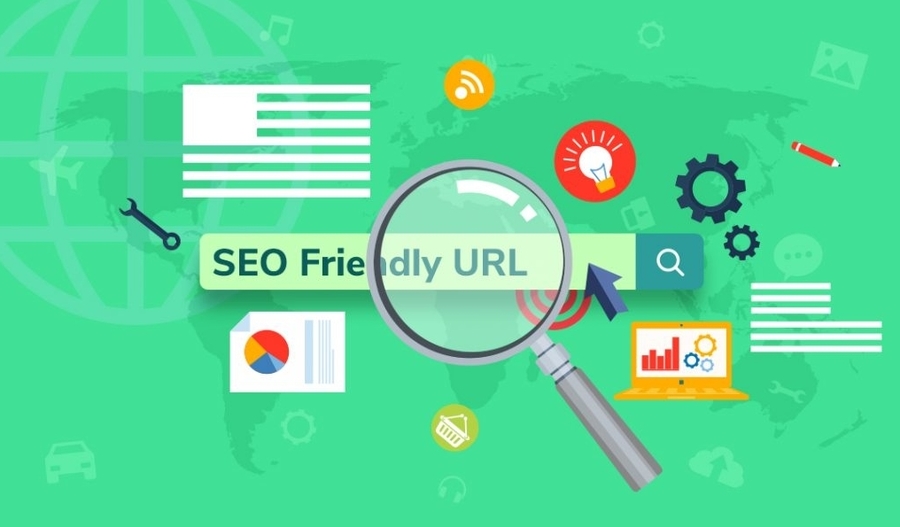
If you create a proper URL for SEO optimization and enrich it with a straightforward, clean URL slug, you automatically improve your page as it becomes an indicator to Google, revealing the topic of the body content.
What is URL Slug SEO?
URL slug SEO is a set of techniques that improve page URLs and help websites boost their rankings through clean and clear URLs.
Usually, SEO specialists performing URL slug SEO analyze the niche competition, run multiple site checkups for the sake of URL improvement and produce well-structured URLs for the requested website pages without harming the existing link juice a particular website has.
What are the Examples of Good and Bad URL Slugs?
We have already defined the URL slug as the last part of the URL that identifies a particular website page. As this last part of the URL is created manually with each new page on the website, several problems can spoil your URLs and lower your site rankings.
Good URL slugs are concise and clean and contain relevant keywords to provide the page content information. Clean URL slugs also have hyphens to split up the keywords in a particular URL.
Take a look at some excellent examples of URL for SEO optimization below.
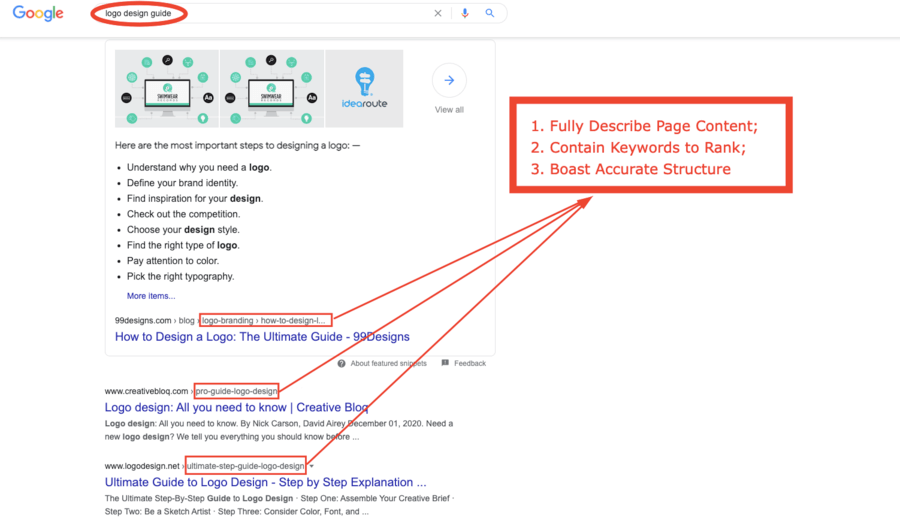
Bad URL slugs usually have problems with lengths, contain dynamic AJAX content, product category or session IDs, lack keywords, or are spammed with keywords.
Here are some examples of inappropriate URLs that degrade the ranking opportunities of a website.
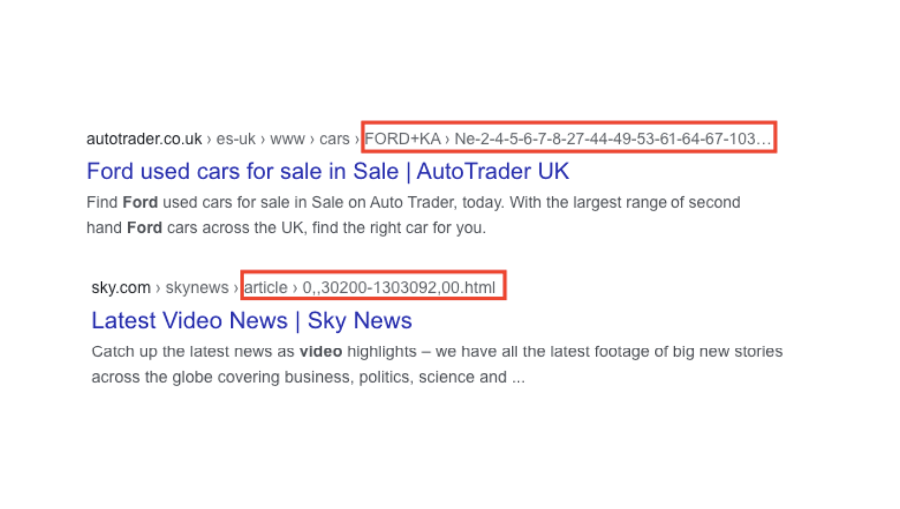
URL Slug Best Practices from theSEObar
So SEO URL slug is pivotal for every web page. It has to be unique, precise, and consistent. Of course, if you are not an SEO guru, it can be pretty challenging to define a clean URL slug for the page.
Nevertheless, you can always turn to basic URL slug generators like Slugify.Online, or others. This tool is entirely free and allows you to compose a slug depending on your page title.
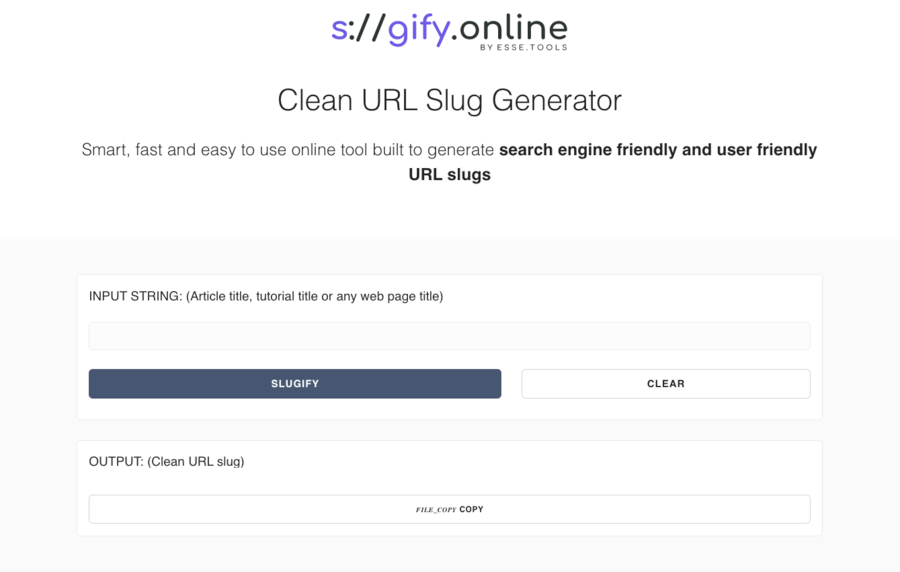
Indeed, this functionality is not enough to produce super juicy slugs that meet URL slug best practices. Anyway, it is much better than having awful page URLs that slow down your site's growth and development.
Now let’s get closer to that URL slug best practices and the most straightforward and effective tactics of URL SEO optimization.
1️⃣ Keep Your URLs Short and Informative
It comes as no surprise that short URLs are much better than long URLs. Therefore, it is essential to make sure each URL slug you create has a correct length, describing the page content instantly.
Are you wondering about the perfect URL length for SEO?
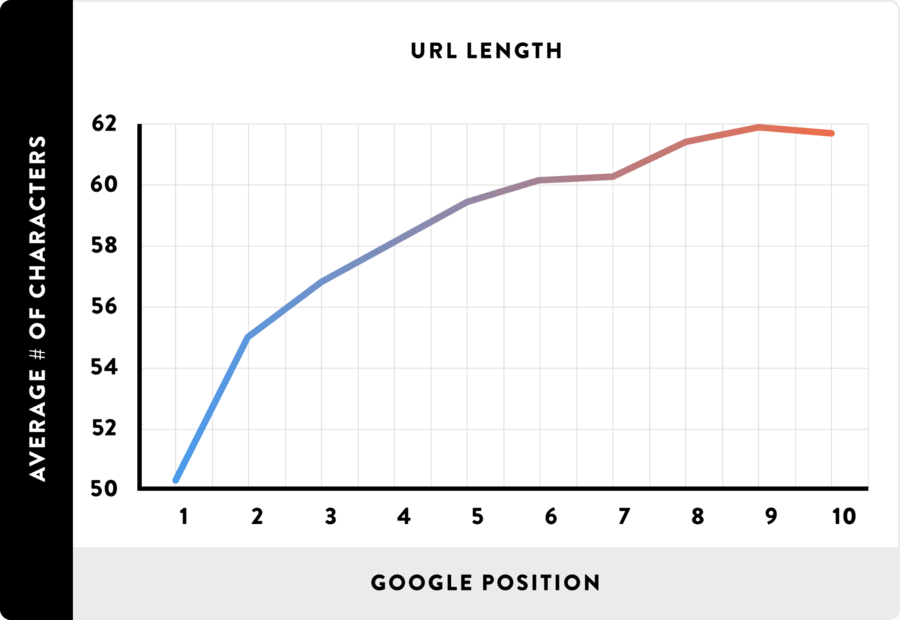
Well, we recommend keeping your URL from 50 to 60 characters long. If you create much longer URLs, you indeed will have problems with organic traffic and rankings.
Also, bear in mind that 3-5 words in the URL looks natural for search engines. Try not to exceed this to avoid any issues or crawling and ranking gaps.
2️⃣ Make Sure Your URL Slug is Readable
URL readability is as essential as the length of URL for SEO optimization. If your URL has a neat length but is unclear, you will not win the game.
When it comes to the URL slug best practices, your primary mission is to make your page URL readable and understandable both for humans and search engines. This way, you will increase the CTR (click-through-rate) and obtain correct web page crawling.
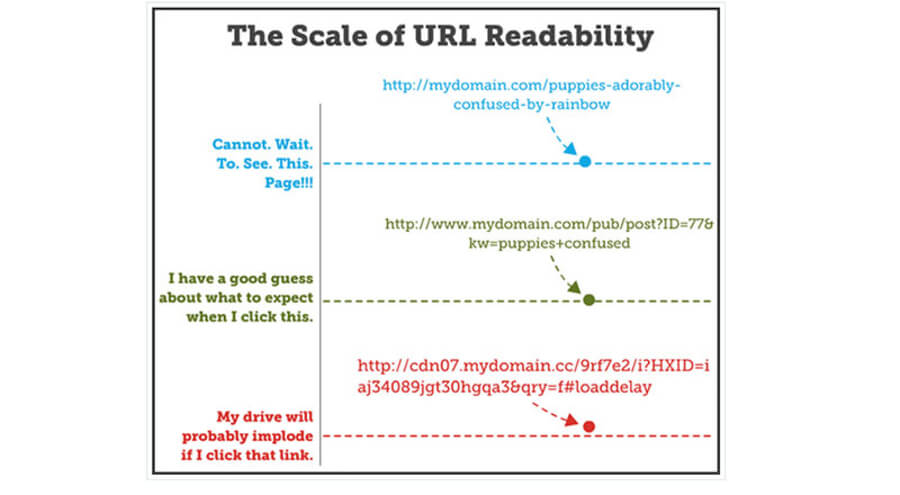
The image above shows the URL readability scale and the actual chances of the URL to be clicked and explored. Therefore, clean URLs that are non-confusing and descriptive come as your key to a prominent URL SEO.
3️⃣ Opt for Hyphens, Not Underscores
To use or not use? This is a big question. Although Google ranking algorithms are constantly updating, some URL slug best practices always bring the desired outcome. And using hyphens instead of underscores in your URL slugs is one of such excellent practices.
Underscores are not restricted symbols. However, they can dramatically spoil the entire page URL's look and feel and make it much more cluttered for your potential clients and search engines.
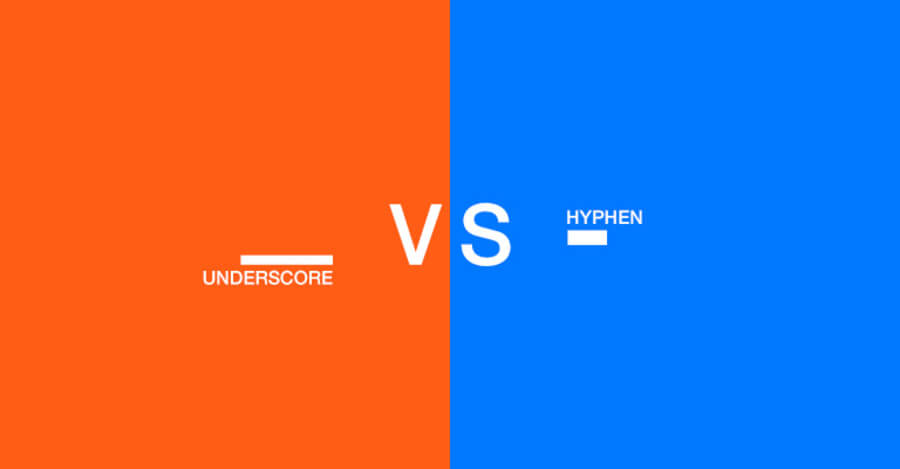
When we conduct a website SEO audit for our clients, we usually pay huge attention to the URL examination. If we see a variety of URLs with underscores and poor structure, we advise customers to set permanent 301 redirections and enrich sites with clean URLs that only bring benefits to site rankings.
Using hyphens, you better your page URLs and grow your chances of higher organic rankings as you represent to Google accurate website pages that fully correspond to users’ queries.
4️⃣ Never Use Uppercase Letters in Your URL Slug
At theSEObar, we only use URL slug best practices when working on your sites. Therefore, we strongly advise you to avoid uppercase lettering in your page URLs.
Firstly, uppercase letters make the entire URL look unclear and even slightly suspicious, mainly if the URL also contains numbers, IDs, and other irrelevant things.

Secondly, you put your site in danger of getting various 404 errors and server issues using uppercases.
The response time from the server increases significantly if your URLs contain uppercase letters. Therefore, it is better to use lowercase letters in your URL slugs when it comes to URL slug best practices. This way, you will save yourself from numerous troubles caused by accessibility and usability issues.
5️⃣ Evaluate Stop Words
Unfortunately, there is no official confirmation from Google on keeping or removing the stop words. Nevertheless, it is a big question that makes tons of site owners really confused, especially when it comes to the URL slug best practices for URL SEO optimization.
First things first, what are stop words in SEO?
Stop words are basic words that connect the main words of your page URL. Here is the list of stop words examples:
- a,
- an,
- and,
- for,
- at,
- of,
- or,
- by, etc.
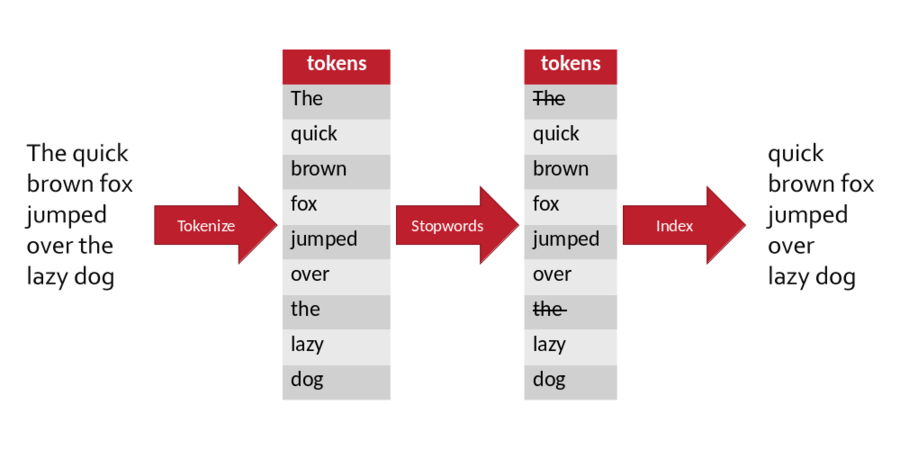
And the thing is that using/removing stop words is not that important deal. There is a simple but effective practice — type your target keyword with and without the stop words in the Google search tab and examine the results.
In case you get different results, this means that the meaning of the keyword has been changed, so you need to decide which keyword to choose. But if you get the same search results, it is not a big deal, and you can use any keyword variation you like the most.
6️⃣ Target Relevant Keywords
Well, keywords are paramount for the entire search engine optimization with all its branches. Therefore, it is essential to use keywords when improving your page URLs and to follow the URL slug best practices.
In essence, your primary keyword should appear within the page content, metadata, ALT text, and in the URL slug.

But do not overdo it, as trying to put several keywords in your URL will not bring any positive results. On the contrary, you can make your URL look spammy. Thus, we advise using one or two keywords maximum for each page URL.
Make sure your keywords do not repeat as it is genuinely pointless for Google and your rankings. Furthermore, URLs with repetitive keywords look keyword-stuffed and are not reliable to achieve an SEO boost.
7️⃣ Set 301 Redirects
Both small and large websites sometimes have troubles with page URLs, and the reasons for that are truly varied. But you should know that every URL can be wisely redirected to save page authority and improve site reputation.
Here permanent 301 redirects come as an excellent, hassle-free option to deal with outdated or irrelevant website pages. Proper setting of 301 redirects is another superb strategy that belongs to URL slug best practices.
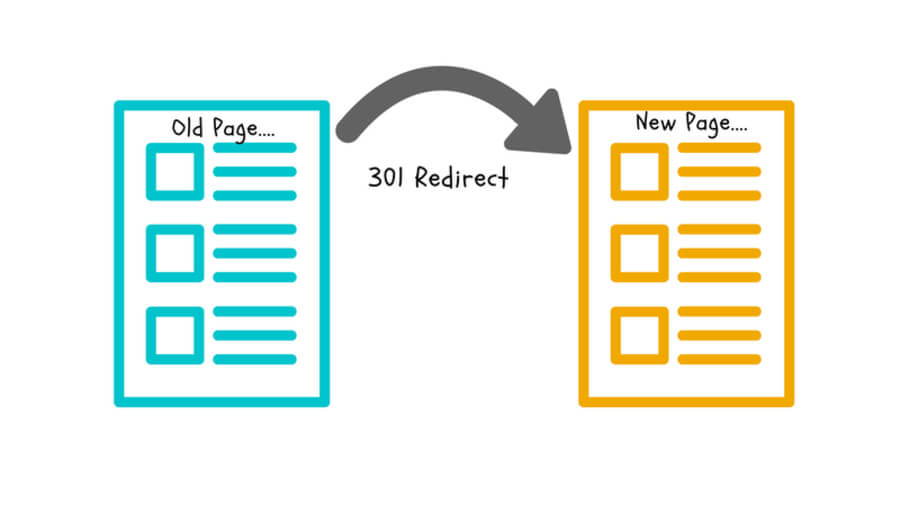
Thus, if you need to change the URL of your page, for example, for SEO enhancement, you can simply arrange a safe 301 redirect from the old page URL to the new one.
It can help you avoid broken links that appear when you modify page URL without setting a redirection and allow you to keep your page rank on a high level. Furthermore, 301 redirects are essential when you work with URL slug SEO as you need a new redirection every time you adjust the link of a particular page.
8️⃣ Update Your Website Sitemap
A website sitemap is an important file that contains information about pages and files on your website that are ready to be indexed by search engines.
❗Keep in mind that you should mention not every page of your site in your website sitemap file.
For example, there is a vast online store website with thousands of pages. Some of them represent products discontinued by the manufacturer, while some just do not have valuable information, contain content duplicates from other recourses, etc.

It is better to exclude such pages from the sitemap file by marking them with a no-index tag so that search engines will skip them, and they will not affect your site rankings.
Your website sitemap should include only content-rich, optimized pages that can grow your organic positions in search results. Moreover, as far as there are tons of website builders, you should pay attention to the SEO settings you have on your platform.
Thus, WordPress sites can be enhanced with the Yoast SEO plugin that allows automatic sitemap updates once new pages of your site are published. Meanwhile, other website building solutions have a built-in SEO toolkit that requires manual sitemap update every time you add a new page to your site directory.
Therefore, we recommend checking and updating your HTML or XML sitemap on an ongoing basis to make all the revised and new URLs accessible to Google.
URL Slug Best Practices: Summing It Up
URL slug SEO is genuinely straightforward and only requires you to keep an eye on your website permalinks. If you manage and control page URLs regularly, you will have no trouble with linking and crawling.
Therefore, let’s define the key characteristics of an SEO-friendly URL. So, here they are:
- Keyword-rich URL slug. Each URL slug of your page has to be unique, containing relevant keywords that match the page content.
- Full coverage of the page topic. Highly descriptive URL slugs increase your organic ranking opportunities as they allow you to rank for more related search queries.
- Clean and concise URL structure. Only understandable URL slugs can boost your click-through-rate and draw users’ attention in SERPs (search engine results pages).
- No dynamic parameters in URLs. Dynamic URL parameters never improve SEO. Therefore, static URLs are a must-have.
- Timely submission to Google for indexing or re-crawl. To see the SEO progress, you need to send new URLs or links with updated URL slugs to Google for further indexing manually. Otherwise, the first results of your SEO strategy may be delayed.
We hope that this article will help you employ URL slug best practices wisely and accomplish all your promotion goals. If you need professional SEO help, you can always turn to theSEObar. Our SEO wizards are happy to analyze your website and create a cost-effective SEO strategy for your online growth.
Stay tuned ☺️

